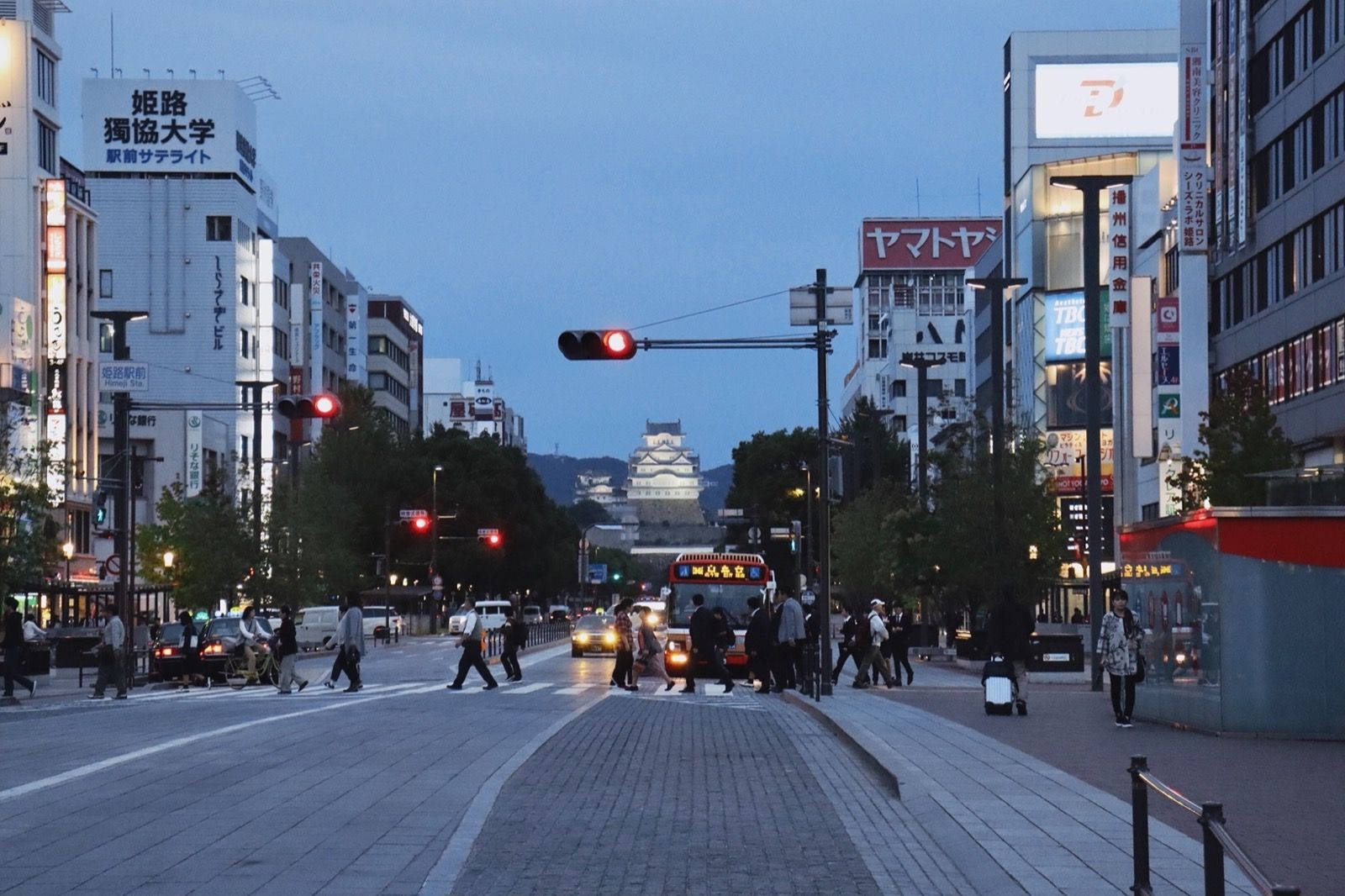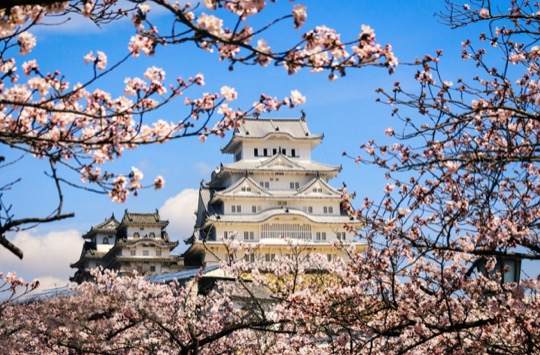Himeji
White Heron’s Elegance, a symbol of 17th-century feudal Japan
On This Page
Himeji offers a glimpse into Japan’s feudal past with its iconic Himeji Castle, exemplifying 17th-century Japanese castle architecture. The city’s historical structures and gardens reflect the samurai culture and the aesthetics of Edo-period gardens.
Located in the Kansai region, Himeji is most famous for Himeji Castle, known as “White Heron Castle” (Shirasagijo) for its elegant white exterior and resemblance to a bird in flight. Its construction spanned from the 14th century, with significant additions in the early 17th century. The castle is one of Japan’s twelve surviving castles, having never succumbed to war, earthquake, or fire. It underwent restoration from 2009 to 2015 and is recognized as a UNESCO World Heritage Site and a National Treasure of Japan.
Near Himeji Castle lies Kokoen Garden, established in 1992 for Himeji city’s centennial. It consists of nine separate, walled gardens in Edo-period styles, offering visitors a view of Japan’s changing seasons.
Beyond the castle, Himeji itself has progressed alongside its heritage. The city celebrates its history through museums and cultural events like the Himeji Yukata Festival, which showcases regional customs.
In Himeji, the combination of the imposing castle and tranquil gardens underscores Japan’s historical legacy and commitment to preserving its cultural treasures amidst ongoing modernization.
Around Himeji
Top attractions in Himeji the best of Himeji
Himeji Castle
The White Egret Castle, a pinnacle of early 17th-century Japanese castle architecture


